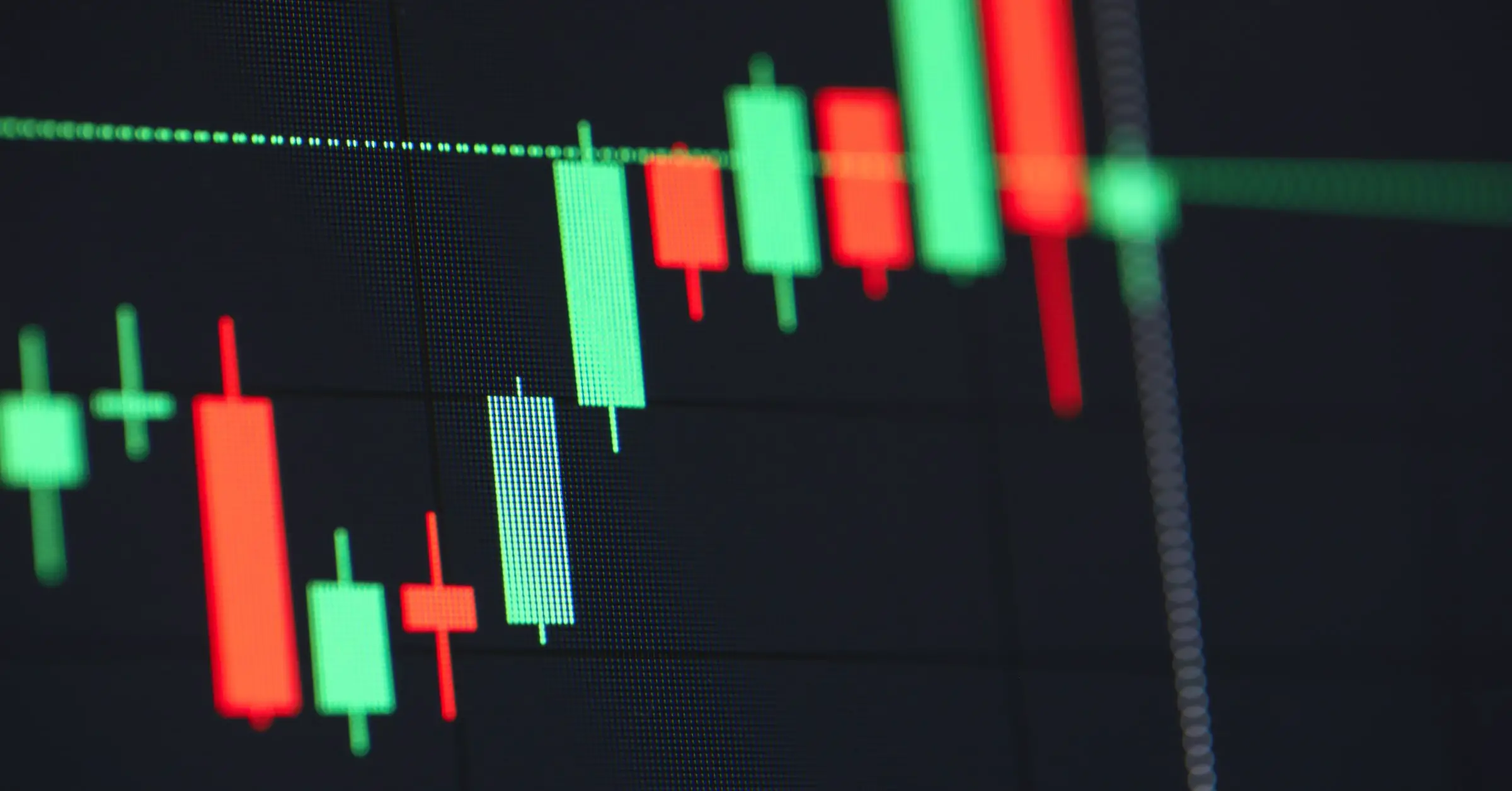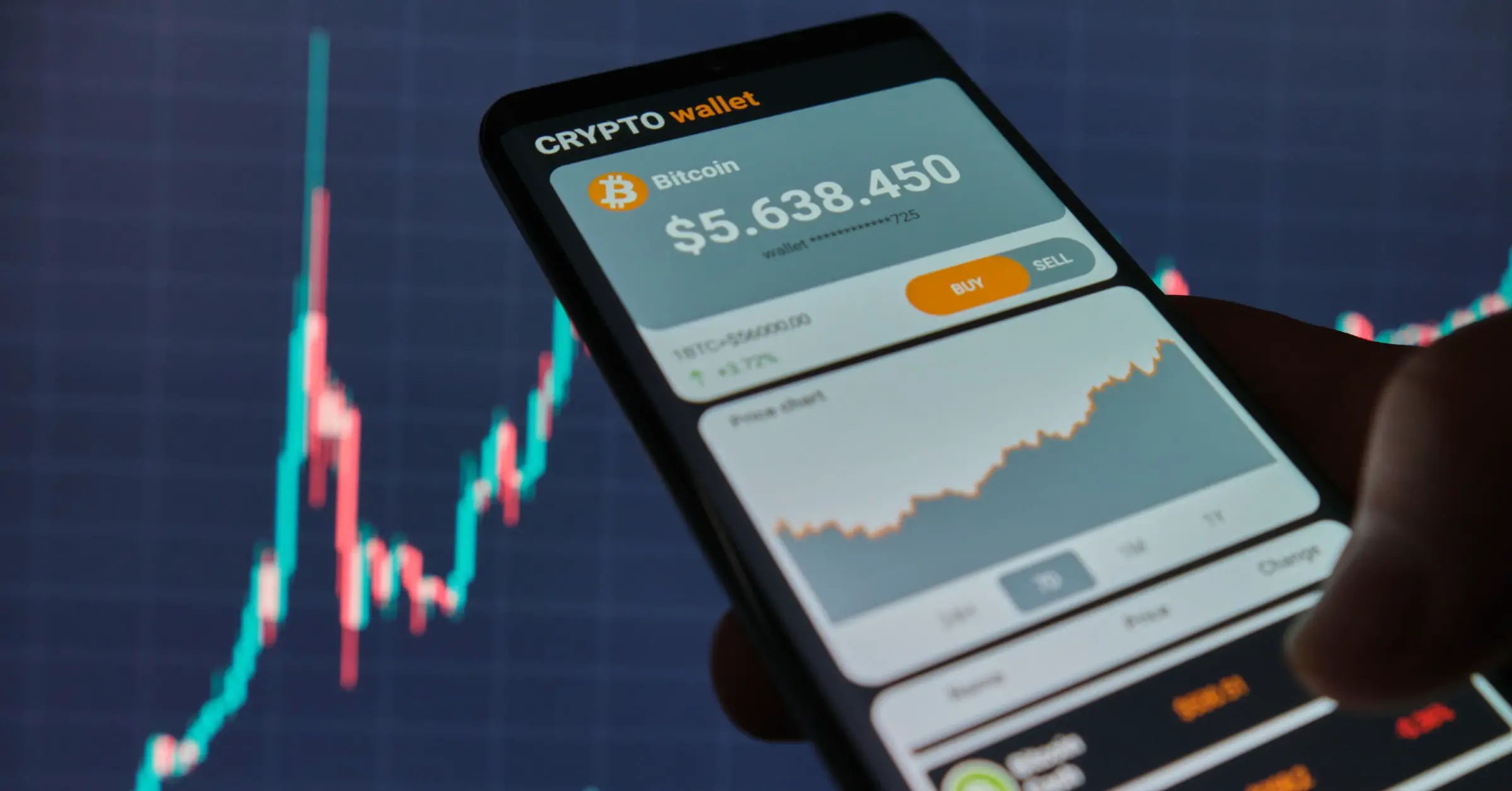
Crypto liquidity is about how easily you can buy or sell cryptocurrencies like Bitcoin without causing big changes in their prices. This liquidity is a critical factor in determining the health and efficiency of the crypto trading environment.
When there’s high liquidity, it means a lot of people are trading, and you can do your trades quickly and at prices that don’t change much. This kind of market is steadier and more predictable, which is good for traders and investors. On the other hand, if there’s low liquidity, it means not many people are trading. This can make prices jump up or down a lot, even with small trades, making the market more unpredictable. In this article, we’re going to explore what crypto liquidity means and how it affects the stability of the crypto market, which is really important for anyone who buys or sells cryptocurrencies, including those looking to start a forex brokerage.
What is Crypto Liquidity?
Crypto liquidity refers to how quickly and easily a cryptocurrency can be bought or sold in the market without affecting its price significantly. It’s a measure of how active the cryptocurrency market is. In a highly liquid market, there are many buyers and sellers continuously trading, which means you can execute large transactions quickly and at consistent prices. Liquidity is essential in the crypto market because it ensures price stability and efficient trading.
High liquidity in the crypto market is advantageous for several reasons. Firstly, it allows for quick execution of trades, making it easier for investors to capitalize on market opportunities as they arise. Secondly, it ensures more consistent prices, reducing the risk of market manipulation and ensuring fairer trading conditions. When liquidity is high, the market has the capacity to absorb sizable trades without drastic price shifts. This absorption capacity lends a degree of predictability and stability to the market, making it more appealing to both novice and seasoned investors.
On the flip side, low liquidity can pose significant challenges. It often results in a limited number of traders in the market, which can lead to larger price swings. In such a scenario, even relatively small trades can have a disproportionate impact on the market price, leading to higher volatility. This unpredictability can deter investors, especially those who are risk-averse, and can make the market less attractive for long-term investment.

An example of liquidity in crypto
For example, if Bitcoin’s daily trading volume is around $30 billion, a sale of 100 Bitcoins (valued at approximately $4 million, considering a price of $40,000 per Bitcoin) would represent just a small fraction of the total daily volume, thus having a minimal impact on the market price. In contrast, take a lesser-known altcoin with a daily trading volume of $1 million. A sale of the same value—$4 million—would be four times the total daily volume of this altcoin. In this scenario, finding enough buyers to purchase this large amount without affecting the price is challenging. As a result, such a substantial sale could lead to a significant drop in the altcoin’s price, as it would overwhelm the market’s buying capacity.
How to Measure Liquidity of Crypto Markets
Measuring the liquidity of crypto markets involves analyzing several key factors to understand how easily and quickly cryptocurrencies can be traded. The most crucial indicator is the trading volume, which reflects the total amount of a cryptocurrency bought and sold over a specific period, often daily. High trading volumes suggest a lively market with good liquidity. Another important factor is the bid-ask spread, the difference between the highest price buyers are willing to pay and the lowest price sellers will accept.
A narrow bid-ask spread usually indicates high liquidity, showing a healthy balance of buyers and sellers. Market depth, assessed by examining order books for buy and sell orders at various prices, also provides insights into a market’s liquidity; deeper markets with more orders at each level indicate higher liquidity. Additionally, the time it takes for orders to be executed and the level of slippage (the difference between expected and actual execution prices) are telling signs of liquidity. Fast execution times and minimal slippage are signs of a liquid market. Lastly, looking at historical trading data can help identify trends in liquidity over time, offering a broader view of market stability and health.
How Liquidity Impacts Stability in the Crypto Market
In the crypto market, liquidity plays a pivotal role in determining market stability, much like it does in other trading sectors, but with its own unique set of challenges. Unlike well-established markets like Forex, where major currencies such as the US dollar, Euro, and British pound benefit from consistent liquidity due to the involvement of large financial institutions, the crypto market often grapples with liquidity issues. This is primarily because the crypto market is relatively new and still evolving, lacking the same level of institutional involvement.
The stability of the crypto market is closely tied to its liquidity. In a liquid market, large orders can be executed without significantly impacting the price of a cryptocurrency. This creates a stable trading environment where prices are less susceptible to dramatic swings due to individual transactions. High liquidity in the crypto market, therefore, encourages investor confidence, as the risk of sudden and sharp price movements is reduced. It also allows for larger trading volumes without causing major disruptions in market prices.
Conversely, low liquidity in the crypto market can lead to increased volatility. In such markets, even modest trades can cause significant price fluctuations, making them unpredictable and risky for investors. This volatility can deter new investments and participation, further exacerbating liquidity issues. Additionally, in less liquid markets, traders may find it challenging to enter or exit positions at their desired price points, leading to potential losses or missed opportunities.
Furthermore, the crypto market’s reliance on market makers is not as pronounced as in more traditional markets, which adds to its liquidity challenges. Market makers in the crypto world are fewer and often face higher risks, which can lead to wider bid-ask spreads and further reduce market liquidity.
How to Increase Liquidity in Crypto

Encouraging Market Makers: Market makers play a crucial role in improving liquidity by constantly buying and selling cryptocurrencies, thus ensuring that there is always someone to trade with.
Listing on Multiple Exchanges: The more exchanges a cryptocurrency is listed on, the greater its exposure and availability to a wider audience of traders. This increases the chances of trades being executed, thereby enhancing liquidity.
Creating Partnership with Financial Institutions: Collaborating with banks and other financial institutions can bring more legitimacy and trust to a cryptocurrency, potentially attracting more investors and traders, which in turn improves liquidity.
Community Building and User Incentivization: Implementing user incentives, like staking rewards or participation in governance through tokens, can also encourage holding and trading, thereby contributing to liquidity.
Regulatory Compliance and Transparency: Ensuring regulatory compliance and maintaining transparency in trading practices can build trust in a cryptocurrency. This can attract more cautious investors, increasing participation and liquidity.
Technological Improvements: Enhancing the underlying technology for faster, more secure, and cheaper transactions can make a cryptocurrency more appealing to users.
In conclusion, the stability of the crypto market is intricately linked to its liquidity. While the market has seen growth and increased participation over the years, it continues to face challenges in achieving the level of liquidity seen in more traditional financial markets. Understanding and navigating these liquidity issues is crucial for traders and investors in the crypto market, as it directly impacts market stability and their trading strategies.




